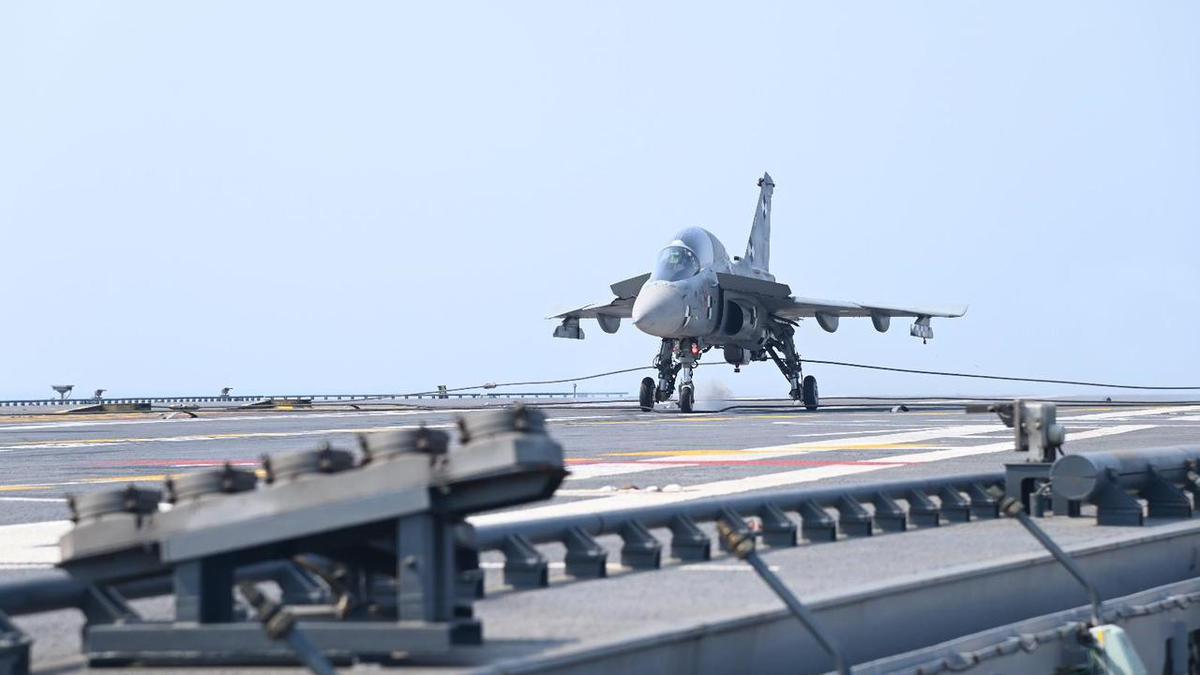- Views: 1K
- Replies: 19

The US Navy is accelerating its search for a replacement to its aging fleet of Boeing T-45 Goshawk training aircraft.
Recently released budget documents suggest the service could start procuring a new system as early as 2026 under the Undergraduate Jet Training System (UJTS) program.
After nearly six years of exploration, the Navy has shifted its focus away from a carrier-launched trainer. Instead, the Naval Air Systems Command (NAVAIR) is seeking a land-based, twin-seat jet trainer with the ability to simulate carrier landings, ensuring essential training for Navy and Marine Corps pilots.
While Boeing's T-7A Red Hawk, already operationalized by the US Air Force, appears a frontrunner, other potential contenders are emerging.
India also has entered the fray, offering its HAL Tejas in the Lead-in Fighter Trainer (LIFT) variant in response to the Navy's Request for Information (RFI).
However, whether the Tejas program can overcome the Indian Navy's concerns about the aircraft's weight suitability for carrier operations remains a question.
As the 2026 procurement date draws closer, the competition for the UJTS program is expected to intensify. Boeing, eager to expand the T-7A Red Hawk's success, has indicated it could develop a Navy-specific variant.
The selection process will hinge on the technical solutions proposed, their alignment with Navy training requirements, cost-effectiveness, and adaptability for future upgrades.
The coming months will bring greater clarity as companies fine-tune their proposals to meet the US Navy's unique and evolving training needs.
